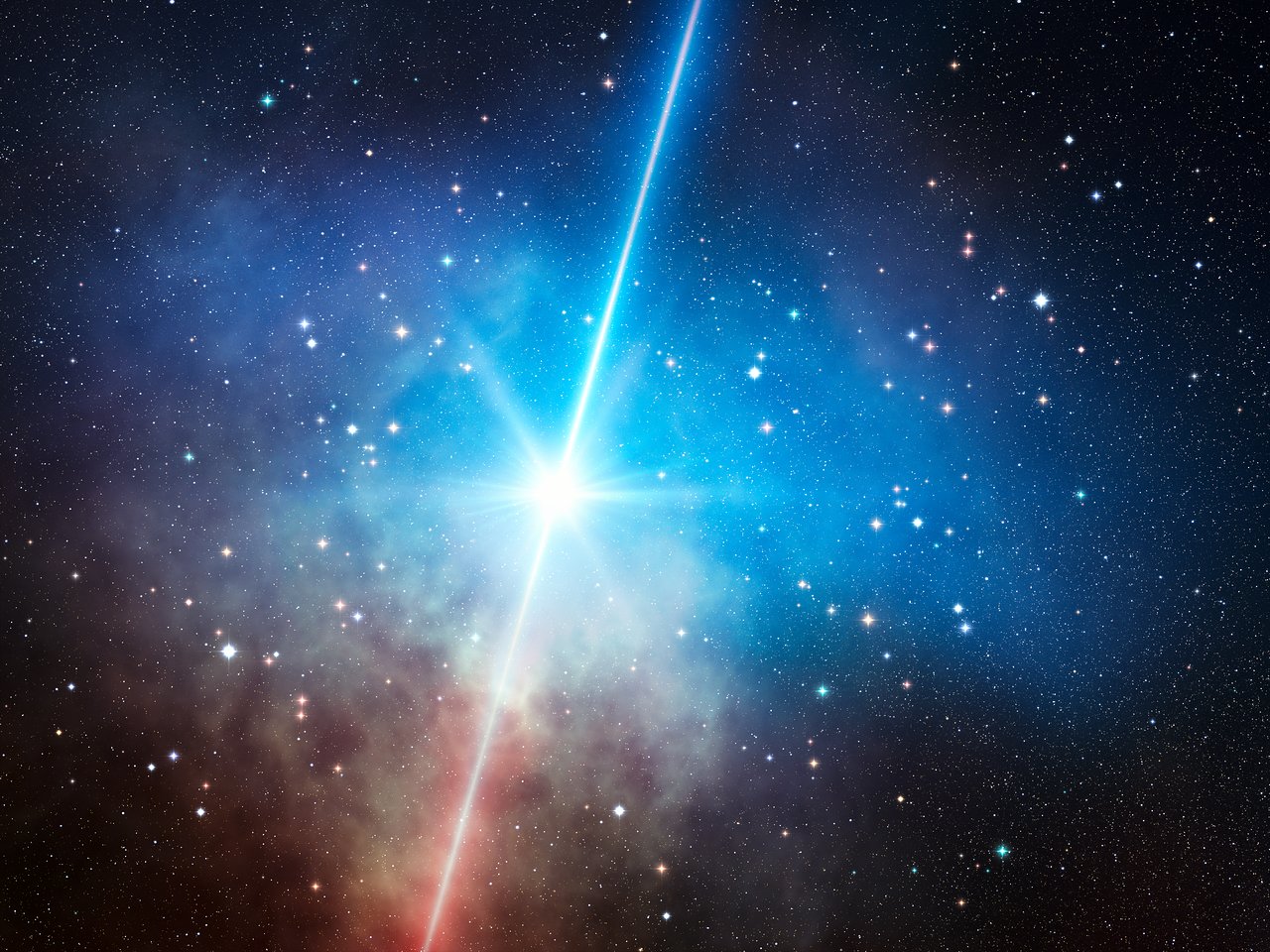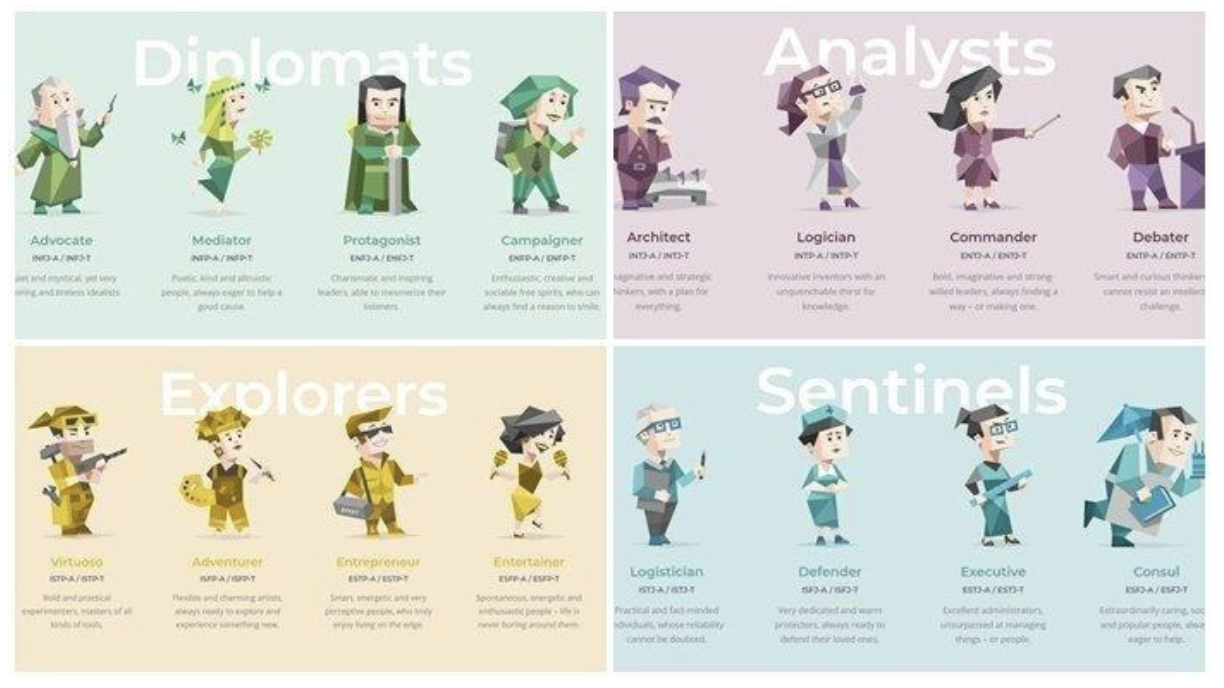By Jonathan Ram, Year 12
Imagine being hit by a blinding light and not being able to tell where it’s coming from. Did it ever happen to you? Meet ‘AT 2022cmc’. It’s not the new Samsung model. It’s the brightest tidal disruption event ever recorded.
Key to understanding this blinding light are tidal disruption events(TDE), which occur when a star approaches a supermassive black hole, a black hole formed near the beginning of the universe which has slowly consumed surrounding matter over millions of years and grown vastly in size. An approaching star gets torn apart by such a black hole’s powerful gravitational field. The forces cause the star to experience spaghettification. Wait, what? Spaghetti in space? Kind of. Due to the sheer strength of a supermassive black hole’s gravity, the star will be stretched out in long and thin strands, just like spaghetti.
So what does all of this have to do with AT 2022cmc? When stars collapse, they create fast gamma-ray bursts, sudden emissions of high-energy light which appear to come out of nowhere, lasting anywhere between a couple of seconds to a few minutes and scientists are able to observe and analyse these bursts through x-ray telescopes in space.
AT 2022cmc is one of these fast gamma-ray bursts. However, AT 2022cmc was recorded as being 100 times more powerful than traditional gamma-ray bursts caused by stars, and lasting significantly longer. The scientists concluded that the emissions could only have been caused by a supermassive black hole.

When a black hole feeds on matter, it creates a super hot accretion disk, pictured in red in the figure above, and through the process of spaghettification, the supermassive black holes can cause emission jets, as shown in blue. What is special about AT 2022cmc is that one of these emission jets is facing us on earth, which is what caused this ‘blinding lights’ effect. Scientists hope that through observing this one-of-a-kind fast gamma-ray burst more closely, they can gain insight into the perplexing mysteries of black holes.
For further reading see last week’s article on black holes




Good article! Another fascinating topic about space. I can clearly see you are having more fun with the writing! How scary to think of a giant black hole.